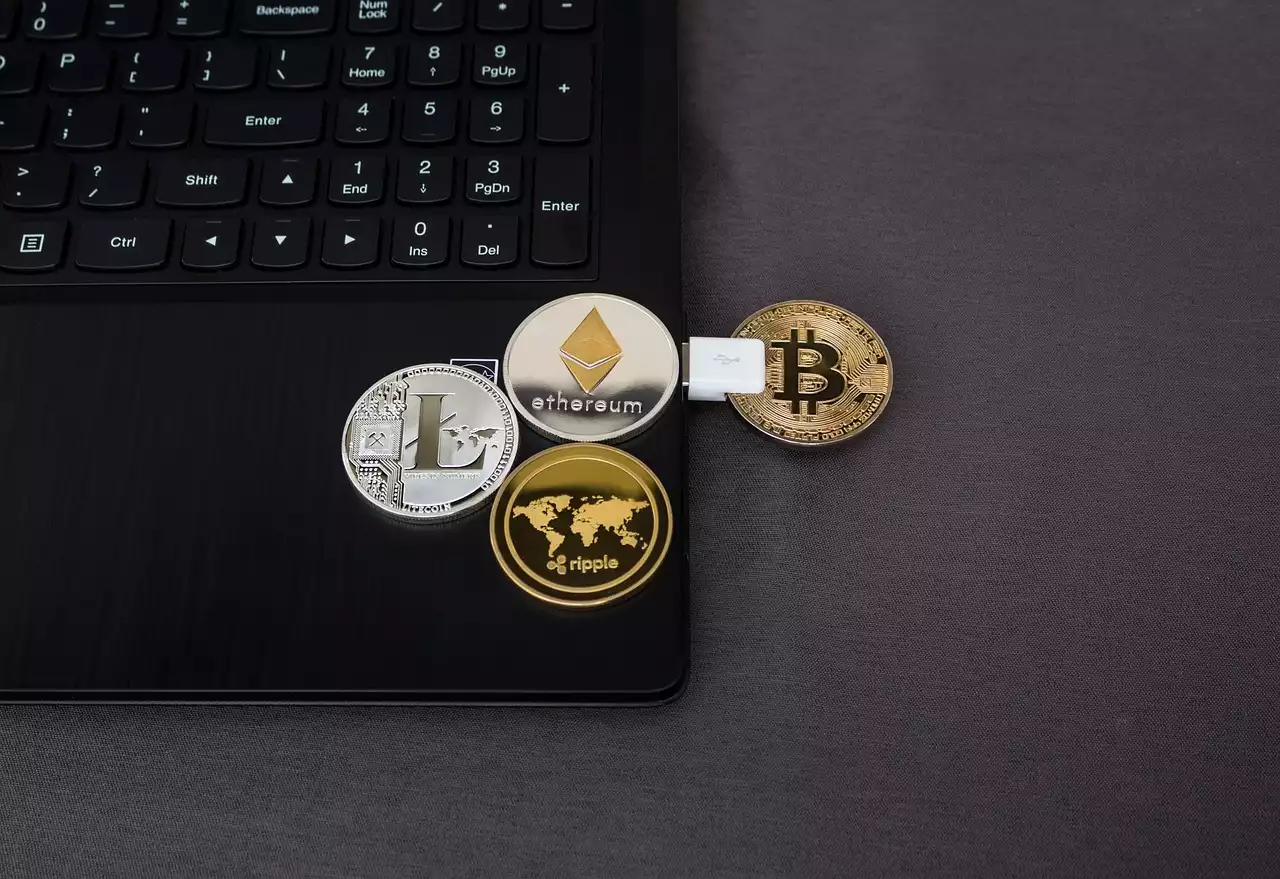What is a Crypto Wallet?
A crypto wallet is a digital storage device that enables you to store, receive, and send cryptocurrencies. Basically, it is like a virtual bank account that allows you to store and manage your cryptocurrencies. Remember that cryptocurrencies are decentralized, meaning that there is no central authority that issues and controls them. So unlike a regular bank account that is managed by a financial institution, you have sole control over your crypto wallet. Your crypto wallet stores your public and private keys. These are essential to accessing your funds and are a sort of digital signature that allows you to make transactions. You can think of your public and private keys as passwords that unlock access to your crypto wallet and allow you to transact. Your public and private keys are unique to you and are indestructible. This makes crypto wallets extremely secure and reliable compared to other forms of storing funds.
Types of Crypto Wallets
There are many different types of crypto wallets, each with their own pros and cons. The two main types of crypto wallets are software wallets and hardware wallets. Software wallets are stored online on a computer, laptop, or mobile device. On the other hand, hardware wallets are stored offline in a secure place like a safe or a bank vault. For beginners, a software wallet is recommended since it is the easiest type of crypto wallet to set up and use. Let’s take a closer look at the different types of crypto wallets that are available.
- Online/Web Wallets: Online/web wallets are digital wallets that are hosted by a third party. This means that you need to trust the wallet provider to protect your funds and keep your data safe. Some examples of online wallets include Coinbase Wallet, Abra, and Coinmama. Online wallets are easy to set up and you can use them to store a variety of cryptocurrencies. However, they are less secure since your money is being stored on a third-party platform.
- Desktop Wallets: Desktop wallets are software that is downloaded to your computer. They are less common since they require you to download and install software on your computer. You should only use a desktop wallet if you have a very powerful computer that is completely secure from hackers and viruses. Some examples of desktop wallets include Jaxx, Electrum, and Exodus.
- Mobile Wallets: Mobile wallets are apps that you can download on your smartphone. They are easy to use and provide a high level of convenience. Mobile wallets are less secure than desktop wallets since they are accessible on your smartphone. Some examples of mobile wallets include Binance Coin, Coinomi, and Mycelium.
- Paper Wallets: Paper wallets are a type of cold storage (offline) wallet where you print out your public and private keys on a piece of paper. You then store the paper in a secure place like a safe or a bank vault. Paper wallets are a convenient way of storing large amounts of coins offline. They are not recommended for beginners since they require advanced knowledge of managing cryptocurrencies. Some examples of paper wallets include Bitcoin Paper Wallet and Litecoin Paper Wallet.
Choosing the Right Crypto Wallet
Now that you know what crypto wallets are, let’s talk about how to choose the right one for you. The first thing you need to do is decide how much you want to invest in cryptocurrencies. If you are just getting into the crypto world, it is best to start small and invest a limited amount. Once you get more comfortable with the crypto market, you can then increase the amount you invest. If you are just getting started, it is recommended to use a software wallet. This will allow you to get comfortable with managing your crypto wallet and make payments and transfers. Once you feel confident with your skills, you can then move on to a hardware wallet. Hardware wallets are recommended for people who own a large amount of cryptocurrencies. This is because they are highly secure and are almost impossible to hack. Examples of hardware wallets include Ledger Nano S and Trezor.
Setting Up a Crypto Wallet
Once you have decided which type of wallet to use, it is time to set it up. The first thing you need to do is decide on a name for your wallet. This name is what people will see when they send you funds. It is a good idea to pick a specific name and use it for all your wallets. This makes it easier for you to keep track of all your crypto wallet accounts. After you have picked a name, you will then be directed to a new screen where you can create a password. Make sure you pick a strong password that is difficult for hackers to crack. While this may seem obvious, many people make the mistake of using a weak password. Once you have created a password, you will be directed to a new page where you can enter the amount of money you want to deposit into your crypto wallet. If you are depositing money from a bank account, it may take a few days to show up in your crypto wallet. This is due to the time it takes to process the money transfer.
Storing Private Keys
Since your public and private keys are like passwords that unlock your crypto wallet, it is extremely important to keep them secure. Unfortunately, there is no way to recover lost or forgotten private keys. This means that if you lose or misplace your private keys, you will lose access to your funds permanently. Keep your private keys safe by storing them offline in a secure place like a safe or a bank vault. It is not recommended to store your private keys on your computer or mobile device. If you store your private keys on your computer, they are vulnerable to cyber-attacks. If you store them on your phone, they are vulnerable to physical damage such as water damage or dropping the device.









